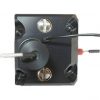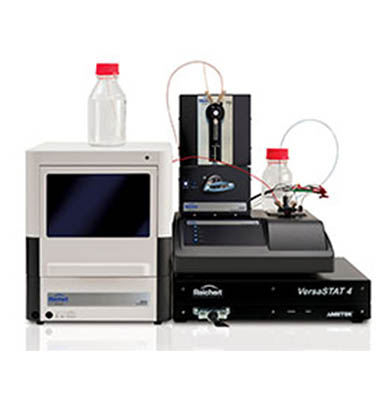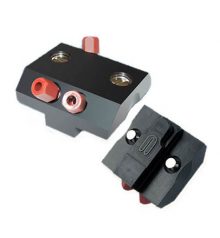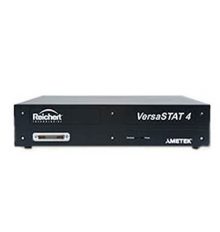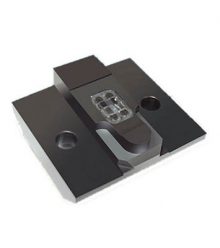Description

Reichert now offers a complete setup for performing electrochemistry measurements in combination with SPR (ESPR). In addition to the SR7500DC SPR system and Reichert’s three-electrode electrochemistry flow cell, this platform includes a high quality and versatile potentiostat from Princeton Applied Research (PAR), the VersaSTAT 4 that is ideal for carrying out SPR-related electrochemistry experiments. The excellent low current performance of the VersaSTAT 4 coupled with the high sensitivity of the Reichert SR7500DC system provides superior detection of ESPR events. The VersaSTAT 4 is an extremely versatile and precise potentiostat. It has excellent low current performance with fA resolution and pA accuracy. Other key features include:
Combining electrochemistry with SPR allows the concurrent reading of both optical and electrochemical properties occurring at the sensor chip surface. Surface effects that are commonly explored include thin film formation (SAM), adsorption/desorption, polymer growth, redox-initiated conformation changes and trace metals. Since SPR is sensitive to the adsorbed layer on the gold electrode and to the dielectric properties of the solution phase, electrochemically modulated diffusion layers can also be detected by SPR. Reichert SR7500DC SPR System and an ESPR experimentReichert now offers a complete setup for performing electrochemistry measurements in combination with SPR (ESPR). In addition to the SR7500DC SPR system and Reichert’s three-electrode electrochemistry flowcell, this platform includes a high quality and versatile potentiostat from Princeton Applied Research (PAR), the VersaSTAT 4 that is ideal for carrying out SPR-related electrochemistry experiments. The excellent low current performance of the VersaSTAT 4 coupled with the high sensitivity of the Reichert SR7500DC system provides superior detection of ESPR events. Read more about the VersaSTAT 4 potentiostat. The two panels show an example of the utility of this ESPR setup. In this experiment, the electropolymerization of aniline is followed in real-time on a bare gold surface. Specifically, cyclic voltammetry (CV) is used as the deposition method while the SR7500DC system simultaneously monitors the growth of the polyaniline (PAn) film. The top panel shows the cyclic voltammograms after 10 successive potential sweeps. The data shows an increase in current for the redox peaks with increasing scan number indicating the buildup of the PAn layers on the gold surface. The bottom panel presents the SPR response during the electropolymerization of aniline that was acquired simultaneously with the electrochemistry measurements shown above. The response data shows an increase in baseline after the potential sweeps indicating the growth of the PAn film in real-time. The inset presents the reflectivity data (reflectivity intensity vs. angle) recorded after each set of 10 potential cycles. The reflectivity data indicates a shift in the SPR minimum to higher angles that corresponds to the µRIU response increase due to the growth of the PAn film. Above: Cyclic voltammogram of the electropolyermization of aniline showing the increase in current with successive scans. Below: SPR response during the electropolymerization of aniline. The inset shows the SPR reflectivity data acquired after each set of 10 potential cycles in angle |



